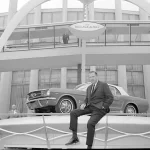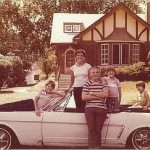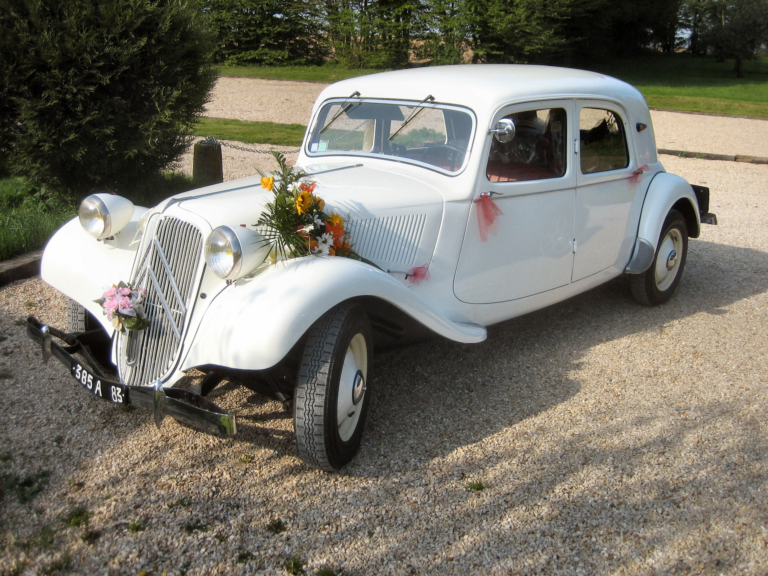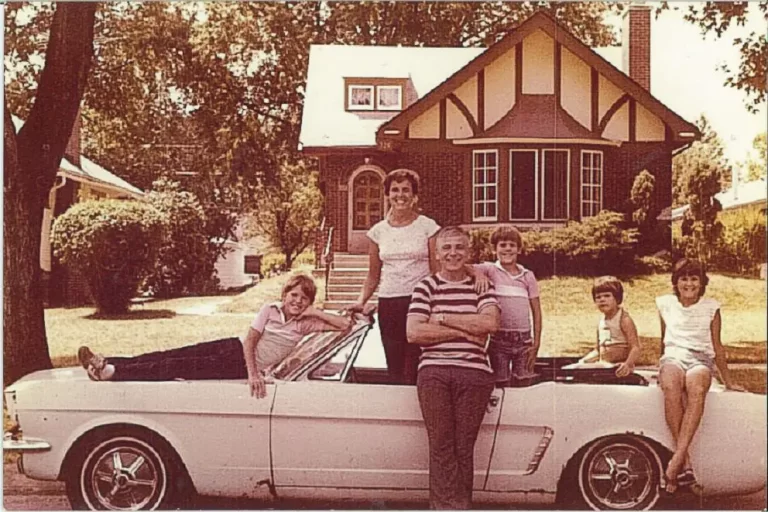
Henry Leland founded Lincoln Motor Company in 1917 to produce Liberty V12 aircraft engine for the US involvement in World War I. Leland, who also founded Cadillac in 1903, was able to fund the company after receiving a $10 million government contract to produce the engines. By the time the war concluded, the company’s Detroit plant had been the final assembly location of more than 6,500 airplane motors made of parts sourced from Ford, Cadillac, Packard and other automakers. Since their contract ended with the war, Leland and his son planned a transition into building luxury automobiles. While retooling their facility they officially reorganized as an automaker in January of 1920. Just nine months later, on this day in 1920, the first Lincoln automobile, a 1921 Model L, left the factory.
The transition into building automobiles was not easy for Lincoln. Many customers were waiting more than a year to obtain cars they ordered. By 1922, the luxury car company was on the verge of bankruptcy. Things only got worse andtThe company went into receivership and its assets put up for auction. The sole bid came from Henry Ford, who offered a measly $5 million for a company that received an appraisal of $16 million.

Ford Buys Lincoln
The low ball offer can certainly be attributed to Henry Ford’s disdain for Henry Leland, who had founded Cadillac from the ashes of The Henry Ford Company, Ford’s company from before Ford Motor Company. The offer, despite being the only one, was regarded as too low by a court. This forced Ford to increase his bid to $8 million, a number that satisfied the courts. Ford officially purchased Lincoln on February 4, 1922. By the end of the following June, Henry Leland and his son both left the company.

By the end of 1923 Lincoln was finally profitable. Seeing the potential, Ford invested heavily in its new luxury line. By 1930 Lincoln, surviving only on the Model L, had become a serious competitor for Cadillac, Packard, Duesenberg, Pierce Arrow, Cord and other fine automakers of the era.

Lincoln replaced its aging model with the Model K for 1931. It featured a longer, lower chassis with an optional factory built body. Many buyers opted for custom coachwork. In 1932 the car was available with a V12 for the first time.
Lincoln-Zephyr

Edsel Ford, Henry Ford’s son and then president of Ford Motor Company, introduced the Lincoln-Zephyr for 1936. Designed to compete between Ford and the ultra luxurious Model K, the car rivaled the Chrysler Airstream and Cadillac’s sister-brand, LaSalle. The Zephyr was also powered by a V12, though a different model than that of the K. Some 15,000 of the cars sold in its first model year.
With the success of the Zephyr, Edsel commissioned Ford designers to build him a one-off personal vehicle designed from a Zephyr convertible. The result was the first Lincoln Continental. While only one ended up being built, the publicity the car received resulted in the release of the 1940 Lincoln Continental. A total of 404 of those left the factory that year. Lincoln retired the Zephyr badge following World War II, but the Continental nameplate would live on.

The post war era saw the Lincoln-Mercury division created. Lincoln introduced a bevy of new models during the 1950s, including the Capri and Premiere. The decade also saw the original Lincoln factory closed, with production moved to a Mercury assembly plant in Wixom, Michigan.
Continental Division

Ford introduced the Continental division for 1956, placing it above Lincoln. Upon its launch the Continental Mark II was introduced. The successor of the original Continental, which had ended production in 1948, was billed as a personal luxury car. The hand built cars were priced at $10,000, nearly $100,000 in 2020 dollars, making them the most expensive American car of the era. If sold at the listed, each sale still resulted in a $1,000 loss for the company. Due to this, production of the Mark II ended during the 1957 model year. By 1960, Lincoln disbanded the Continental division following a two year loss of nearly $60 million at Lincoln.
Starting in 1961 the Lincoln lineup consisted of just the Continental, no longer its own brand, with the Capri and Premiere retired. Throughout the 1960s, the Continental was available as a sedan, coupe and convertible. The return of the Mark series came in April 1968, with the introduction of the Continental Mark III as a 1969 model. While not officially a Lincoln, the brands dealerships did market and sell the vehicle. While it shared many attributes with the Ford Thunderbird and other Lincolns, it had many unique features. The Continental was fit with hidden headlights and a telltale rear trunk bump, reminiscent of its predecessors, which had given its name to the “continental kits” found on other vehicles of the 1940s and 1950s.

The Continental Mark III saw the end of the line following the 1971 model year. With new emissions standards and the 1973 oil crisis, the future of large luxury vehicles seemed uncertain. To combat the issues, the Lincoln introduced the Versailles for 1977. It was 30 inches shorter and 1,500 pounds less than the Continental of the same era. It performed poorly on the market. It’s primary competition, the Cadillac Seville, heavily outsold it.
Modern Lincoln Cars
After struggling to find a balance of fuel efficiency, style and power through the 1980s, the 1990s weren’t much better. Though these decades welcomed the Lincoln Town Car, the introduction of the Lincoln Navigator, the first luxury SUV, marked a significant turning point for the company. With its launch in ’98, Lincoln outsold Cadillac for the first time ever that year.

In 2010 the Lincoln-Mercury division became just Lincoln with the retirement of the Mercury line. At the start of 2020 Lincoln continued to build the Navigator, Continental and other cars, SUVs and crossovers. However, in July 2020, Lincoln announced it would retire the Continental by the end of the year, citing poor sales figures and a growing interest in the SUV market, similar to that of its parent company.

















